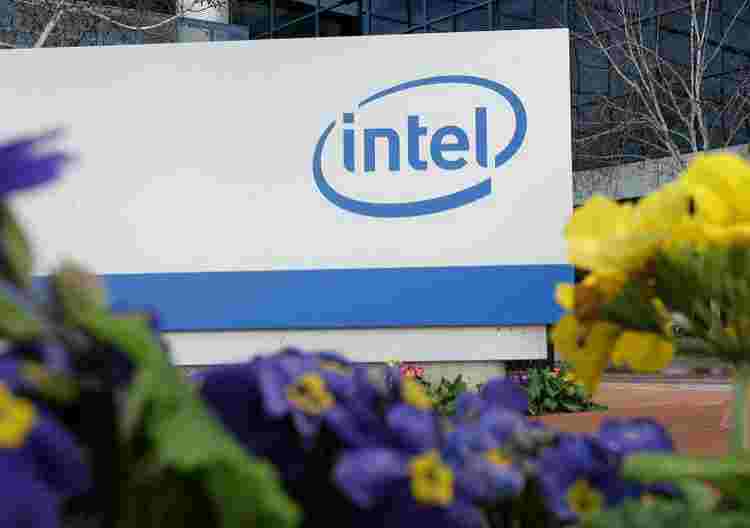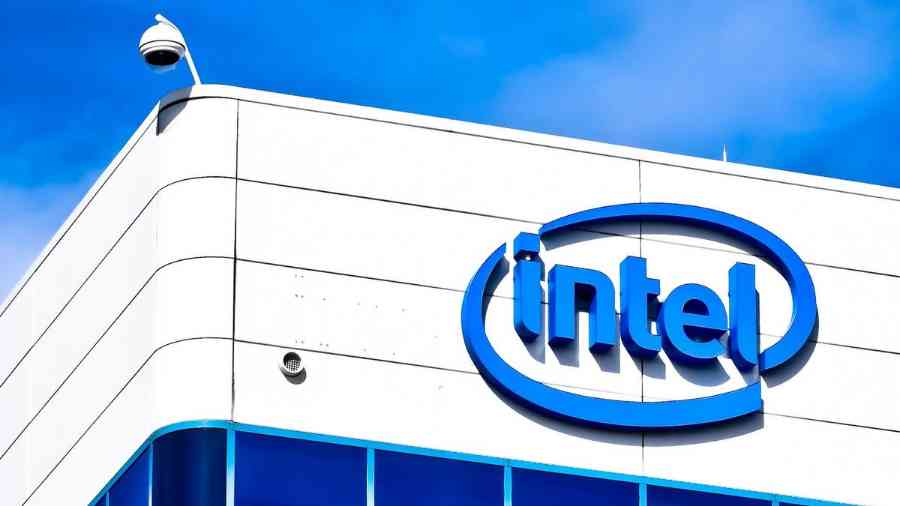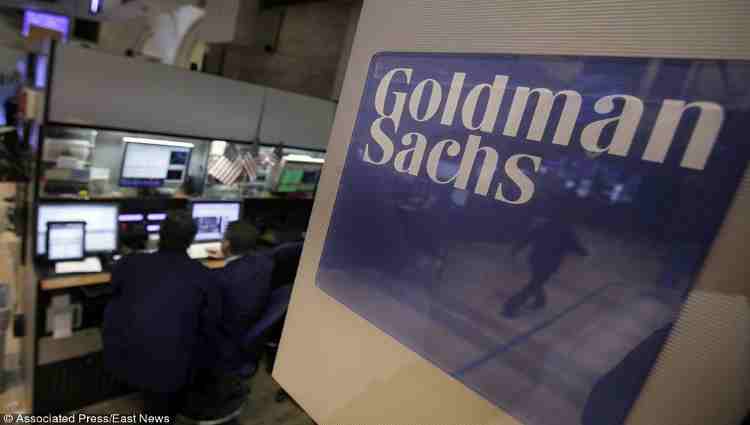Intel Has Announced Its Biggest-Ever Quarterly Loss

Intel released its first-quarter financial results on Wednesday, which revealed a significant decline of 133% in earnings per share compared to the previous year. Despite this, the loss per share was slightly better than what Wall Street had anticipated, and the company’s stock price increased during after-hours trading.

On Wednesday, Intel released their first-quarter results, which revealed a significant 133% decrease in earnings per share compared to the previous year. Additionally, their revenue decreased by nearly 36% year-over-year, with a total of $11.7 billion in sales.
Despite these disappointing numbers, Intel’s loss per share and sales were slightly better than what Wall Street had anticipated. Initially, the stock rose on the report but later fell by approximately 2% during extended trading.
Intel’s financial results for the latest quarter have exceeded analysts’ expectations. The company reported an adjusted loss of $0.04 per share, compared to a consensus estimate of a loss of 15 cents per share. Additionally, Intel’s adjusted revenue for the quarter was $11.7 billion, higher than the expected $11.04 billion.
However, the company’s guidance for the current quarter fell short of analyst expectations. Intel expects to generate about $12 billion in revenue, with a projected loss of 4 cents per share. This is lower than the expected earnings per share of 1 cent on $11.75 billion in sales.
Intel, the semiconductor giant, has reported a net loss of $2.8 billion, in contrast to a profit of $8.1 billion in the previous year. The company’s GAAP revenue has dropped from $18.4 billion to $11.7 billion, marking the fifth consecutive quarter of sales decline and the second consecutive quarter of losses.
This is the biggest quarterly loss ever reported by Intel, surpassing the loss of $687 million in the fourth quarter of 2017.
CEO Patrick Gelsinger’s Strategy
As Intel’s CEO Patrick Gelsinger begins his third year at the helm, investors are questioning whether the company has reached its lowest point. Although the stock has risen by 9% since the start of 2023, it has fallen by over 35% compared to the same time last year.
Gelsinger’s strategy to revive Intel was to convert the company’s factories into foundries, capable of producing chips for other businesses. By 2026, Intel aims to manufacture chips as advanced as those made by Taiwan’s TSMC and secure custom work, such as Apple’s A-series chips for iPhones. On Thursday, Intel confirmed that it was still on track to achieve this target.
However, the company is currently struggling, particularly in its PC chip division, which used to be its strongest product line. The global PC market is experiencing a slump, with estimated shipments down by almost 30% in the first quarter, as per IDC. This has had a significant impact on a business that was once highly profitable.




